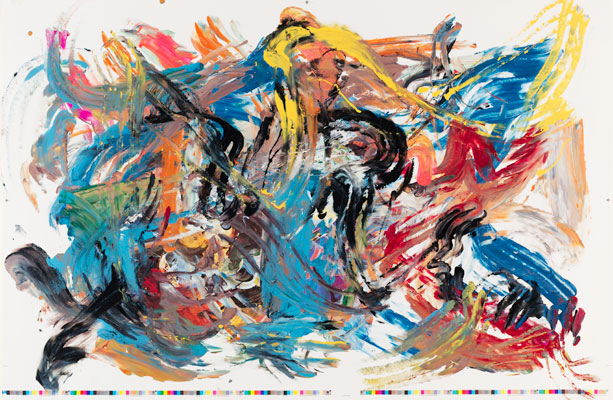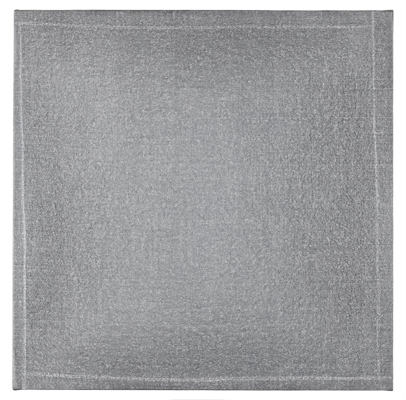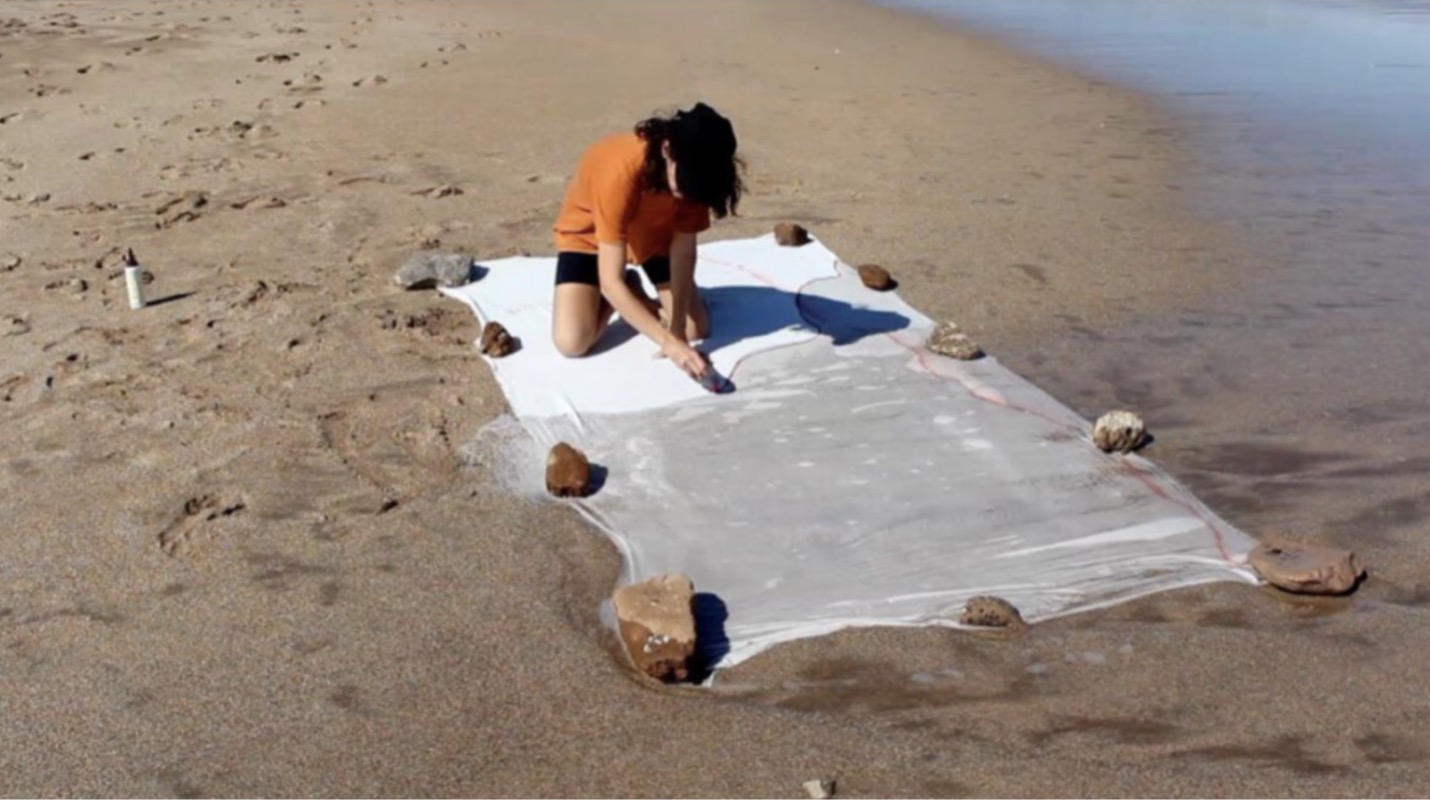You’d be hard-pressed to encounter a more personal assemblage of art than the Dorothy and Herbert Vogel Collection. The trove of more than 4,000 works amassed by the couple over five decades includes objects by some of the most acclaimed artists of our time—and yet the Vogels never set out to create a collection of international significance.
“The focus was on works that we liked,” said Dorothy Vogel, speaking by phone from her apartment on New York’s Upper East Side, where she and her late husband had once housed their collection. “We didn’t have any restrictions. Of course, we had to be able to afford it, but it was just about [buying] things that we responded to.”
The couple’s impeccable taste and nearly limitless appetite for acquiring meant that they provided early support to pioneering artists such as Sol LeWitt, Edda Renouf, and Richard Tuttle. By the last quarter of the 20th century, their collection was world-renowned. Making it all the more extraordinary was the fact that the Vogels defied the stereotype of collectors; they had no independent financial means, and both earned modest incomes. (He had worked at the U.S. Post Office, and she at the Brooklyn Public Library.) Neither had extensive training, having given up art-making early in their marriage to focus on collecting. They became close friends with many of the artists whose work they admired and acquired. Collecting was, as Dorothy said, “just a pleasure—it was something we did together.”
Collecting was also something at which they clearly excelled. In 1992, the National Gallery of Art (NGA) announced the acquisition of 1,100 of the Vogels’ paintings, drawings, photographs, and other objects; two exhibitions followed. But in the early 2000s, the Vogels still held more than 2,500 additional objects in their small, one-bedroom apartment. With the assistance of the NGA, the National Endowment for the Arts, and the Institute of Museum and Library Services, they created a novel way to bring those works into public reach: through the Fifty Works for Fifty States project, the couple donated 2,500 works of art by 177 artists to 50 institutions across America. One institution in each state received 50 works. The Harvard Art Museums were selected as the Massachusetts recipient.
With the May 23 opening of the exhibition The Dorothy and Herbert Vogel Collection: Fifty Works for Fifty States, the Harvard Art Museums will become the final venue to display works from the Vogel gift. The exhibition will be on view in the University Study Gallery until August 9, 2015.
Like all Fifty Works for Fifty States gifts, the Harvard Art Museums’ Vogel Collection includes a broad range of drawings, prints, paintings, and sculptures by conceptual and minimalist artists of the 1970s and ’80s, as well as other important mid-century artists. Among them are Will Barnet, Lynda Benglis, Benni Efrat, and Pat Steir. There are also many works by Richard Tuttle, the artist best represented within the Vogel Collection. (His prints and drawings will be among the works available for individual viewings by appointment in the museums’ Art Study Center.)
“The Vogel Collection gives us more richness and variety in our modern art holdings,” said Sarah Kianovsky, curator of the collection for the Division of Modern and Contemporary Art. “The range and quality of the works really speaks to the Vogels’ eye for art.”
The personal story behind the Vogel Collection adds to its appeal, Kianovsky said. “It seems that the affinity the Vogels felt toward the artists was so strong, and their method of collecting was so special. You can’t look at these works without thinking about the Vogels paying close attention to them as well.”
A good deal of minimalist and conceptual art—such as Tuttle’s 1971 Stacked Color Drawings I–XI and Stephen Antonakos’s 1975 Two Incomplete Squares (1–6)—demands sustained, close looking in order to appreciate it, Dorothy Vogel said. That makes a perfect fit for the Harvard Art Museums, whose mission encourages critical thinking about and close study of original works.
This isn’t an exhibition “you can whip through in a few minutes,” Vogel said. “The works are small, and they’re very intimate. But there’s something for everybody.” She found that Charles Clough, known for his paintings featuring vibrant swirls and smears, has a wide appeal; his #1 [28 Dec 1979] (1979) was added to the museums’ collections. “And everybody loves Edda Renouf,” she said, referring to the American artist who focuses viewers’ attention on materiality by removing threads from linen or displacing paper fibers, as is evident in works like Over There (1973).
Vogel said there was no true rhyme or reason behind how or why the couple decided to purchase particular objects (besides looking for “works that were well executed” and “works we loved”). But she does see relationships within the collection when she reflects upon it today. “A lot of [objects] are geometric,” she said, “and you can see artists working in a similar way. I think the whole collection holds together very well . . . [but] a lot of it was by chance; we’d meet an artist and go to the studio. It was a very natural pattern, and everything fell into place as if there was a master plan.”





